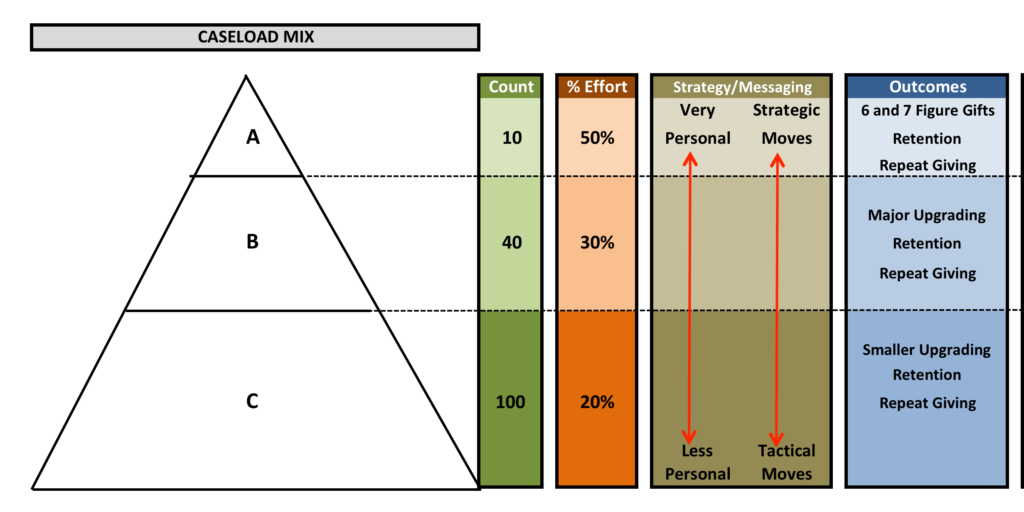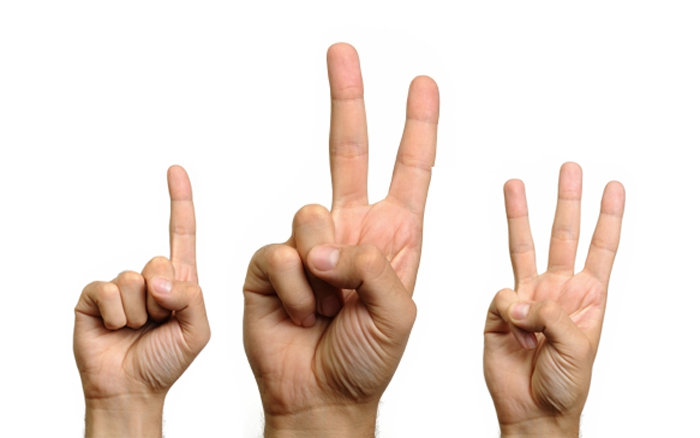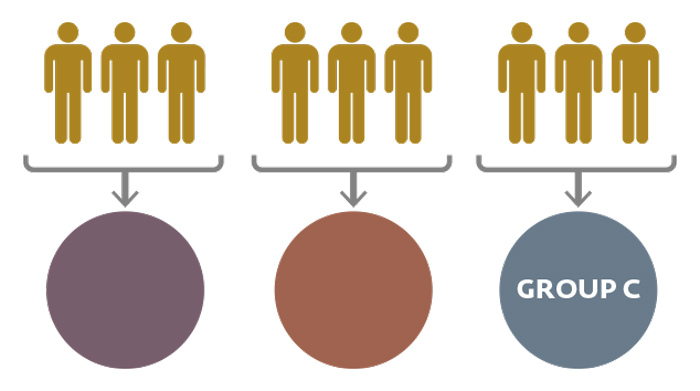
#3 in the series How to Manage Your Portfolio Effectively
B-level donors are the middle child of major gift portfolios everywhere. In many cases that I’ve come across in working with MGOs, they really are treated this way. Of course there is a lot of emphasis on Tier A donors (as it should be), but for some reason many MGOs seem to be more enamored with their Tier C donors than they are with their Tier B donors.
I think one reason for this is that many C level donors are newer to their portfolio. “New” equals “more exciting” in the MGO’s mind, and thus less time is actually spent with their B level donors.
Let’s go back to our pyramid:

In this example the “B” level holds about 40 donors. I’ve seen “B” level be as high as 50 donors. But in reviewing the amount of time you spend on these folks, you should plan to spend about 30% of your time and energy on cultivating and stewarding these donors. This means 1.5 hours a day, or 12 hours of each week, or 6 complete days a month.
The “B” level is interesting because this is where you have an opportunity with donors either to greatly increase their giving or to help them remain consistent in their giving. Plus you get to figure out if these folks are going to either move up to your “A” tier or down to your “C” level… or even out of your portfolio.
If a donor is in your “B” tier, they have already shown you – either through their consistent giving or through some fairly large gifts – that they have the propensity to give significantly to your organization. Some of your “B” donors have not only shown some propensity for this, but perhaps you also know that they have much more capacity to give – because you have info from wealth screening or other information you know about the donors’ wealth.
Here is what you should consider with your “B” level donors as you cultivate and steward them:
- Understand their passion and interests. For these 40-50 donors in your portfolio, you have to make a real effort to understand what the donor’s interests and passions are. Remember, these donors may have the ability to give very large gifts and move into your Tier A group of donors. The only way you are going to know this is if you can create offers that will capture their hearts and minds.
- Create a two- to three-year strategy to move them into your “A” Tier. These donors in Tier B may not be ready for a high five- or six-figure gift yet. But over a two- to three-year period, you want to have a strategy to prepare the donor for that type of gift. So let’s say they are giving at the $10,000-a-year range. In two or three years you should be cultivating and stewarding these donors to move up to $25-$50K range and beyond. Otherwise, perhaps they belong in your “C” level group of donors. You should know the answer to “where are you going with your Tier B donors” – each and every one of them.
- Meet with each Tier B donor at least once per year. You have to be able to make a real connection with these donors. How else are you going to know their passion and interests? While at first you may not know their entire story, you will be setting the course for ongoing meaningful connections. If the donor is willing, having face to face, meaningful connections is critical in building your relationship with the donor.
- Rank your Tier B donors six months into the calendar year. As you get to know your B-level donors, at six months you should have a fairly good idea of who has real potential and who will either never get out of Tier B or may go down to Tier C. This allows you to focus more of your Tier B time toward the upper half of that tier and focus your time even more wisely.
- Thanking and Reporting Back — Anyone in Tier B should be thanked promptly with a phone call and personal thank you note, along with their standard receipt. In some cases, the call should come from the CEO or ED, depending on the size of the gift. Secondly, reporting back on their specific gift is critical. You may not go into as much detail as your Tier A donor, but you have to report on how the donor’s gift made an impact. The more creative you can be, the better.
- Customer Service — Like I remarked in the beginning, many times “B” Tier donors get even less attention than “C” Tier donors, because they are not new to the organization. Do not allow this to happen to you. If you treat your “B” donors like gold, they will respond. Remember, whether you embrace it or not, you are in competition with other non-profits who are all trying to stay in the heart and mind of the donor. Most non-profits are terrible at providing great service to donors. You will stand out if you do.
Whatever you do, please don’t forget your Tier “B” donors. With more time, energy and thought put into them, many will give substantial gifts and become part of your “A” Tier donors within 2-3 years. Surprise them with your great attention and service, and they will respond.
Jeff







0 Comments